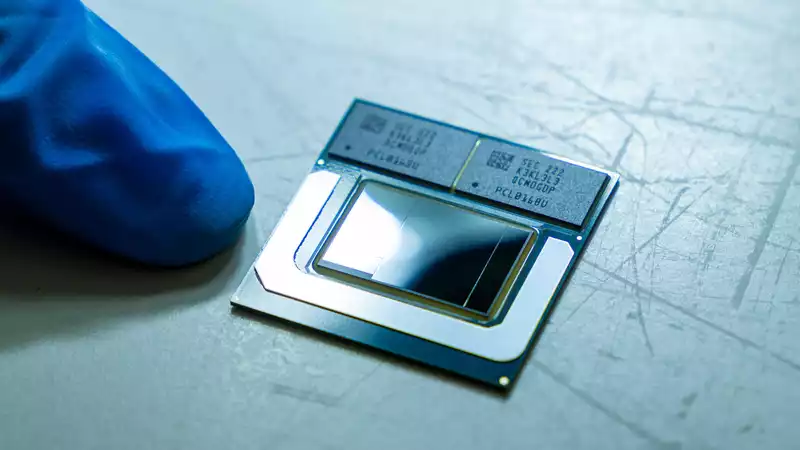Intel is getting by just fine with Meteor Lake. However, its self-imposed timeline of announcing a new 4nm CPU by the end of the year is just about met. The new Core Ultra (formerly known as Meteor Lake CPUs) will be unveiled on December 14 at an event Intel is calling "AI Everywhere," where it will show off Intel's AI capabilities "across the data center, cloud and edge" in a big way. Huzzah
We know quite a bit about Meteor Lake thanks to various explanations from Intel, including the fact that Meteor Lake is essentially a mobile-only CPU and will not fit in a desktop PC socket. But on December 14, final details will be revealed, including the initial models of what Intel might call its 14th generation mobile CPU family, and who knows what Intel's marketing department will be up to after the switch to Core Ultra.
Overall, the chip is a mix of revolutionary and modest elements: the two major changes are at a higher structural level, and the finer architectural details are less dramatic.
The first major change is that Meteor Lake is a chiplet design, with the four functional dies (or tiles, in Intel-speak) placed on a fifth slice of silicon that connects them all. That is, a compute tile with the CPU core, a graphics tile, a SoC tile with the media engine, memory controller, AI core, and a few other bits and pieces, an IO tile with Thunderbolt, PCIe, and others, and below those base tile.
The other big news is that the compute tile will be the first commercial silicon manufactured on the Intel 4 process, now classified as a 4nm node, but previously referred to as 7nm in Intel's roadmap.
Oddly enough, the other three feature tiles are all from TSMC, with the graphics tile being TSMC's 5nm node and the other two being unspecified TSMC nodes, but probably either 5nm or 6nm.
Perhaps this is a bit of an odd scenario. There is talk around Intel that they are struggling to move to more advanced nodes. So it would be understandable if Intel would have no problem asking TSMC to manufacture CPU cores and perhaps graphics tiles, while manufacturing the less performance-intensive SoC and IO tiles on one of its own legacy nodes.
But that's not the case, Intel pushed the Intel 4 ship with CPU tiles, had the SoC and IO tiles manufactured at TSMC's legacy node, and had the graphics style manufactured at TSMC 5nm.
In any case, in terms of architectural details, Meteor Lake's CPU cores are not expected to be a major leap over Raptor Lake's. What is new, however, is that Intel has shoved a couple of efficient cores into a section of the chip called the low-power island in the SoC tile.
This essentially means that the CPU tile can drop power in low-demand scenarios, which Intel claims is significant power savings.
The final element worth noting is the GPU tile. Intel is touting the capabilities of its new iGPU in Meteor Lake, claiming it is twice as fast as Intel's previous integrated graphics and not far behind the performance of the Nvidia RTX 3050.
If true, this is actually quite impressive, and would mean that the chip has better graphics performance than the AMD 780M iGPU in the Phoenix APU used in handhelds, including the Asus ROG Ally.
We'll believe it when we see it. In any case, cynics might point out that the announcement has a very desperate feel to it. Intel has made a very big commitment to release a number of new process nodes in a very tight timeframe, and the need to launch Meteor Lake and its Intel 4 CPU cores this year to get things off the ground a bit is very real.
Indeed, it will be interesting to see if Meteor Lake laptops will be widely available soon after the December event, or if it will be some time before the new Core Ultra chips are actually available in devices that can be purchased. The actual Meteor Lake laptop would not be seen until 2024.
.

Comments